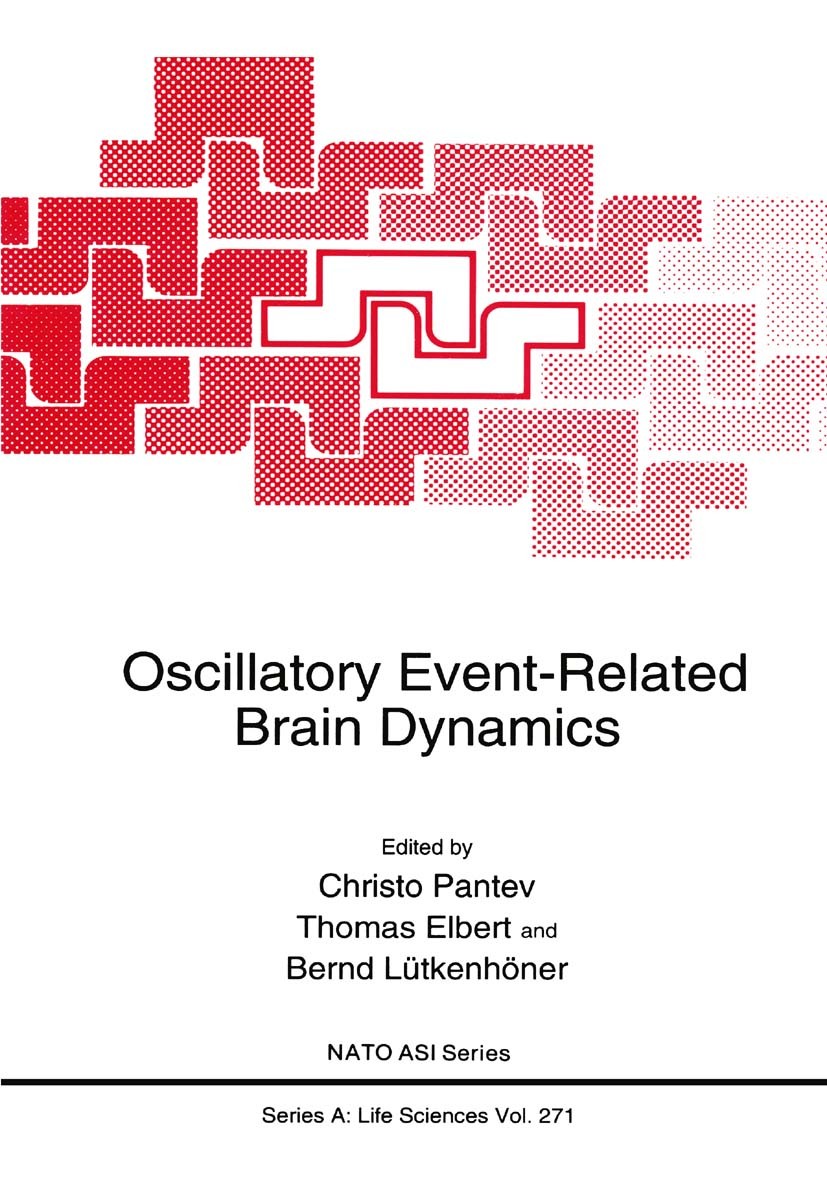| 書(shū)目名稱(chēng) | Oscillatory Event-Related Brain Dynamics | | 編輯 | Christo Pantev,Thomas Elbert,Bernd Lütkenh?ner | | 視頻video | http://file.papertrans.cn/705/704856/704856.mp4 | | 叢書(shū)名稱(chēng) | NATO Science Series A: | | 圖書(shū)封面 |  | | 描述 | How does the brain code and process incoming information, how does it recog- nize a certain object, how does a certain Gestalt come into our awareness? One of the key issues to conscious realization of an object, of a Gestalt is the attention de- voted to the corresponding sensory input which evokes the neural pattern underly- ing the Gestalt. This requires that the attention be devoted to one set of objects at a time. However, the attention may be switched quickly between different objects or ongoing input processes. It is to be expected that such mechanisms are reflected in the neural dynamics: Neurons or neuronal assemblies which pertain to one object may fire, possibly in rapid bursts at a time. Such firing bursts may enhance the synaptic strength in the corresponding cell assembly and thereby form the substrate of short-term memory. However, we may well become aware of two different objects at a time. How can we avoid that the firing patterns which may relate to say a certain type of move- ment (columns in V5) or to a color (V 4) of one object do not become mixed with those of another object? Such a blend may only happen if the presentation times be- come very short (below 20- | | 出版日期 | Book 1994 | | 關(guān)鍵詞 | attention; brain; cortex; electroencephalography (EEG); information processing; memory; neurons | | 版次 | 1 | | doi | https://doi.org/10.1007/978-1-4899-1307-4 | | isbn_softcover | 978-1-4899-1309-8 | | isbn_ebook | 978-1-4899-1307-4 | | copyright | Springer Science+Business Media New York 1994 |
The information of publication is updating

|
|
 |Archiver|手機(jī)版|小黑屋|
派博傳思國(guó)際
( 京公網(wǎng)安備110108008328)
GMT+8, 2025-10-5 05:50
|Archiver|手機(jī)版|小黑屋|
派博傳思國(guó)際
( 京公網(wǎng)安備110108008328)
GMT+8, 2025-10-5 05:50


